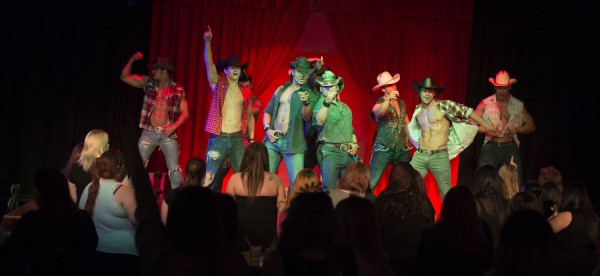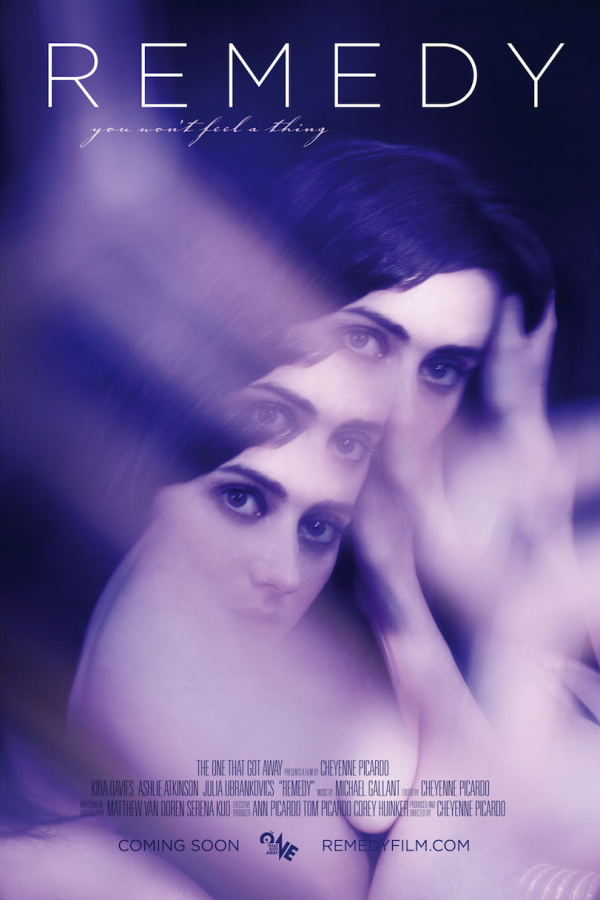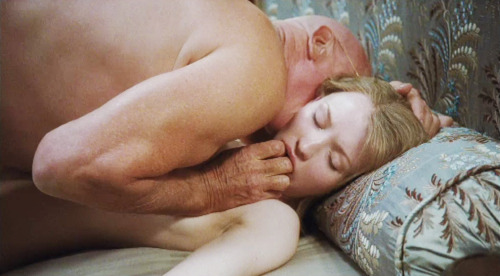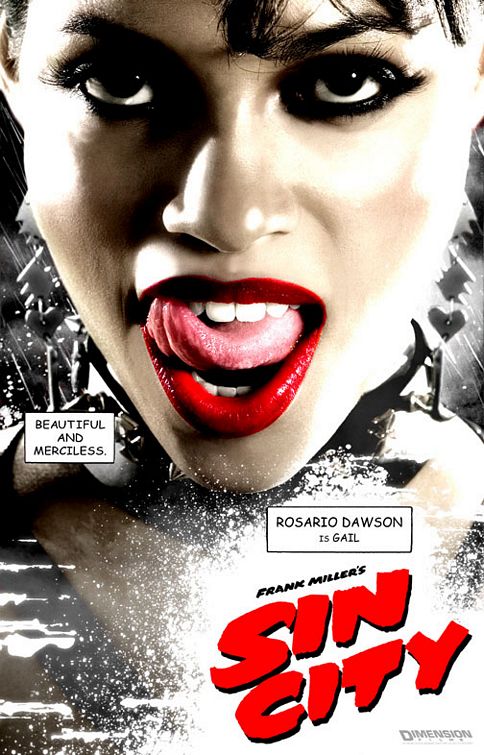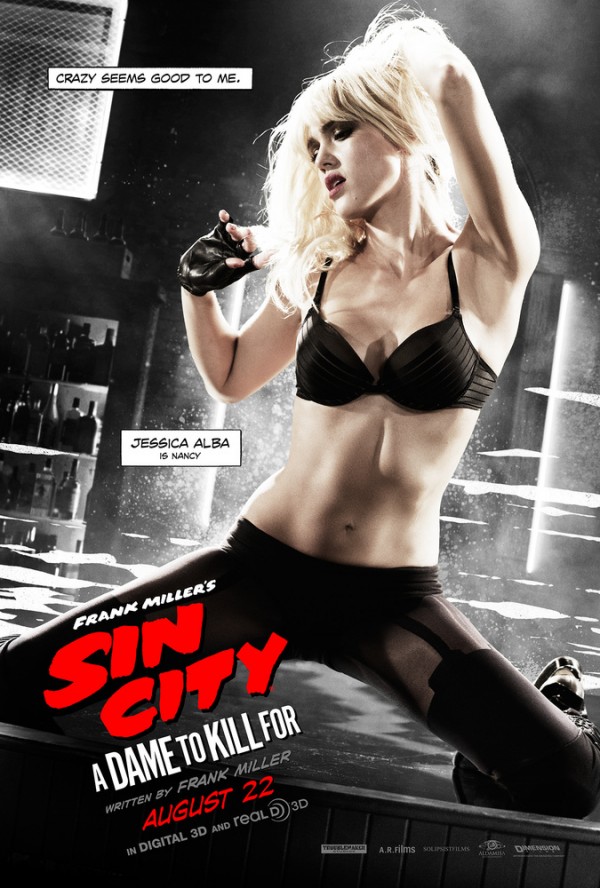Hump! Amateur Porn in Portland
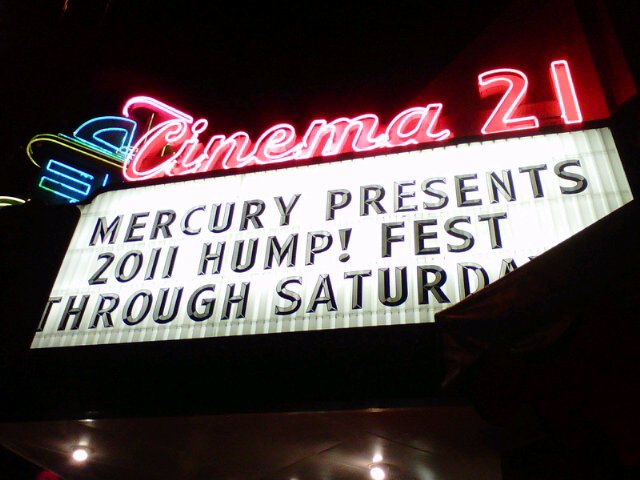 Three strippers and a well-adjusted boyfriend attend the 7th annual Seattle and Portland amateur porn film festival, Hump!. This was Kat and her friend’s first time attending and the second for my man friend and myself. We learned that we never want to see sex to piano music again, that stop-motion animation can be more obscene than real life, and that Kat’s former coworker wasn’t afraid to be penetrated with a knife.
Three strippers and a well-adjusted boyfriend attend the 7th annual Seattle and Portland amateur porn film festival, Hump!. This was Kat and her friend’s first time attending and the second for my man friend and myself. We learned that we never want to see sex to piano music again, that stop-motion animation can be more obscene than real life, and that Kat’s former coworker wasn’t afraid to be penetrated with a knife.
Standing in the long line outside of Portland’s Cinema 21, I was immediately struck by how chipper the crowd was. An equal proportion of mid-twenties to late-thirties men and women chattered excitedly in the rain. I actually stood on my tiptoes to peer down the block, looking for solo older men lurking in the shadows, but didn’t see any. All six Portland showings had completely sold out and the line of hip young people wrapped around the block. Kat overheard a guy tell his girlfriend that they were at the new Harry Potter movie, which didn’t seem unreasonable given the mob of excited people.
